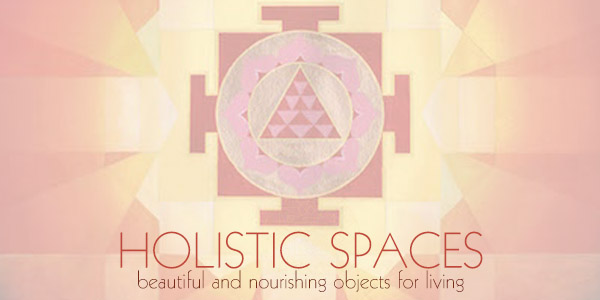My husband has leukemia and I would love some feng shui suggestions.
Mary P., New York, NY
Dear Mary,
I’m so sorry to hear about your husband’s illness. While feng shui is not the most important factor, it is absolutely beneficial to incorporate with the mundane directions given by medical professionals. My teachers always reminded me that the everyday practical details are more important than the transcendental adjustments.
I have two suggestions for you. First is to activate the center of the home, which corresponds to the Health area of the feng shui bagua map. You can activate it in different ways, but my first thought is with the sound or song. A bell, a chime or a Tibetan singing bowl like this one will do. You can ring the bowl nine times every day if you can. Or better yet, you and your husband can sing together. Sound and song can be very healing in a gentle way.
Second thing, please check your plumbing and electrical systems for any defects, and correct any problems. These relate to the blood vessels and nervous systems of the body.
There are more complicated feng shui suggestions that require a consultation, but these two feng shui adjustments are wonderful to start with.
You can also learn more if you study feng shui. I’m starting a feng shui certification program this fall and encourage you to take a look at the details below.
If you’d like to learn more about feng shui check out the Mindful Design Feng Shui certification program. Laura Morris and I are launching our program in September 2018. We have a free webinar “Five Feng Shui Tools Revealed: Must-Do Business Boosters for Soulpreneurs and Wellness Practitioners” coming up, too! To get on the list about it, sign up at: www.mindfuldesignschool.com.
Mindful Design is a new way to learn feng shui. Our unique training program takes an holistic approach to learning the art of feng shui design. Mindful design is about becoming aware, and attentive, to the energy around you: both inner and outer qi. It is about promoting a better way of living and creating sacred spaces that support, and nourish.










